After merging two well established research groups at NAOC in 2020, i.e., BATC Sky Survey and TMT-China Project Office, the new group, Sky Survey and TMT Development (SSTD), has been continuously engaging in two major astrophysical frontiers. The first is the demographic study of galaxies through conducting large-scale optical sky-survey observations. The second details precision observations utilizing the next generation flagship facility, the international Thirty Meter Telescope (TMT), as well as its technical development in China.
SSTD has accomplished a series of large-field multi-color sky survey projects (http://batc.bao.ac.cn/e-html/e-index.htm) consisting of the following:
-BATC (Beijing-Arizona-Taibei-Connecticut) Sky Survey (1995-2015)
BATC large field multi-color sky survey was initiated by Prof. Jiansheng Chen in 1992, with the goal to survey the sky over a few hundred square degree and attain highly accurate multi-wavelength photometric data. The BATC survey utilized the 60/90-cm Schmidt telescope at Xinglong Station of NAOC, which has a large field of view. The telescope is now equipped with a 4K × 4K CCD, 15 specifically customized intermediate filters covering the wavelength of 3000-10000A, and other broad and narrow filters. Since 1995 when the formal run of the survey started, the survey data continue to be widely used for studying minor planets, star clusters, nearby galaxies, galaxy clusters, quasars, the large-scale structure of the universe, and many other fields of research. More than 400 papers have so far been published. Since 2004, the BATC data have been included in CDS. From October 2012, the Schmidt telescope has been used to perform an automatic transient survey program, under the name of the Tsinghua University-National Astronomical Observatories of China (NAOC) Transient Survey (TNTS). This survey repeatedly covers ~ 1000 square degrees of the north sky with a cadence of 3-4 days. With an exposure of 60 s, the survey reaches a limited unfiltered magnitude of about 19.5 mag. Since then, about 200 transient candidates have been discovered by the Schmidt telescope. The BATC survey has trained a number of observational astronomers in China. The Schmidt telescope is scheduled to be upgraded to a fully automatic facility that can be used for time-domain large-field surveys, high-precision follow-up observations, and new technology testing.

-Antarctic Astronomy: Chinese Small Telescope ARray (CSTAR)
The BATC group joined the Chinese Antarctic astronomy in 2006 and has worked on the astronomical site testing of Dome A, Antarctica. One of the testing facilities was CSTAR, an array of four 15-cm telescopes with three optical bands and one open band. These telescopes have a large FoV of about 20 deg2 and were used to monitor variable objects near the south celestial pole and measure key astronomical characteristics such as the sky background and atmospheric transparency. CSTAR was fully tested in China by the BATC group before it was deployed at Dome A in 2008 January. The observations at Dome A have provided incite to the key features necessary for building an observatory in Antarctica. Based on CSTAR, we have published more than 30 papers as of 2020 December.

-South Galactic Cap u-band Sky Survey (SCUSS, 2009-2014)
SCUSS was an international cooperative project between NAOC and Steward Observatory. The survey used the 90-inch (2.3-m) Bok telescope of UA to cover a sky area of about 4000 square degree in the south Galactic cap in the u band. We upgraded the CCD camera with the funding of NAOC. The camera was assembled with four 4K × 4K CCDs providing a field of view of about 1 deg2. The observations started in 2009 and ended in 2013 and the data were released in 2015. The main goal of SCUSS was to provide spectroscopic targets for LAMOST. Together with other imaging data, SCUSS u-band data have been used for studying, for example, Galactic extinction, Galactic structures, quasars, supernova, and galaxies. More than 60 related papers have been published. The data have also been used for target selections of SDSS-IV, including the ELG and quasars.

-Beijing-Arizona Sky Survey (BASS, 2015-2019)
BASS was a newly begun imaging survey with the collaboration between NAOC and Steward Observatory. It used the 2.3m Bok telescope to survey an area of about 5400 deg2 in the north Galactic cap with the SDSS g and DECam r bands. The depths for 5σ point sources and Galactic extinction correction are 24.0 mag for g band and 23.4 mag for r band, respectively. BASS survey is one of the three components of the legacy imaging surveys, which aim for the spectroscopic targeting for the Dark Energy Spectroscopic Instrument (DESI). The survey started in the September of 2015 and ended in March of 2019. We now release the data almost every year, the latest being the third data release. Based on the BASS data, there are more than 80 published papers by December, 2020.
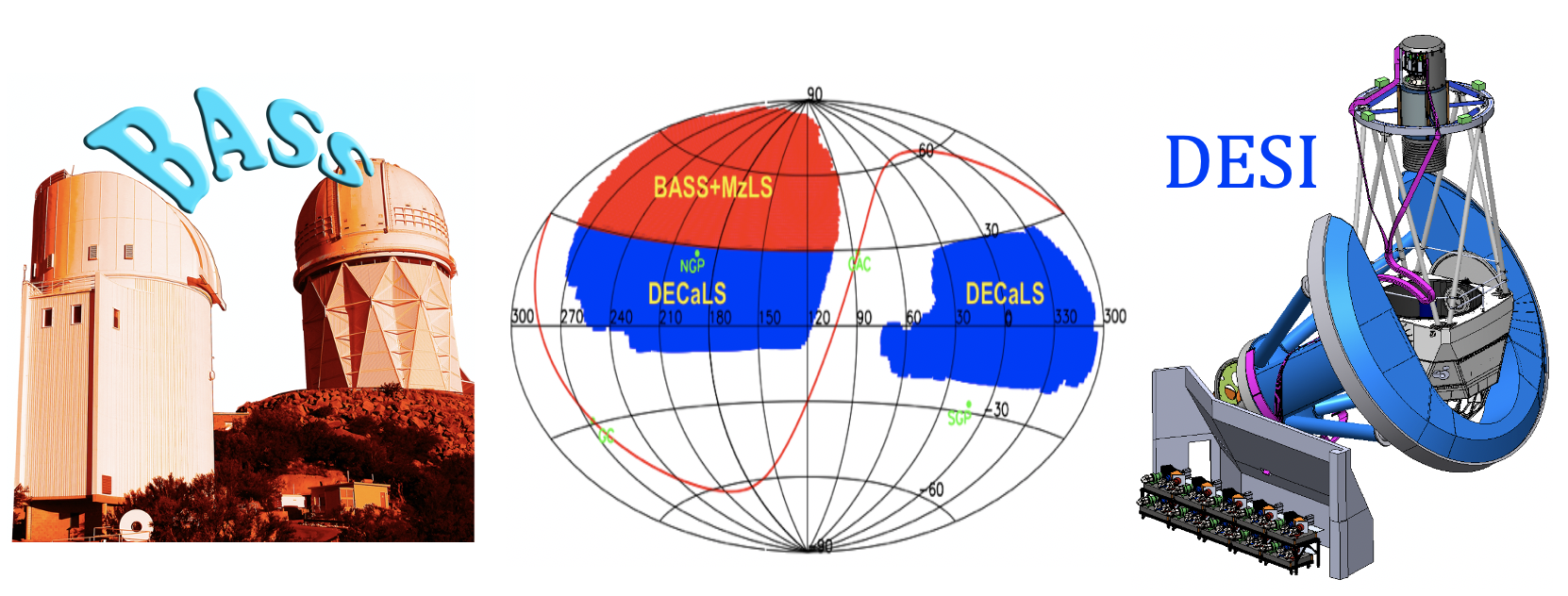
All these sky survey datasets have been archived and are available for access at NADC (https://nadc.china-vo.org/data/). Scientific publications and related research activities can be found on the BATC official website (http://batc.bao.ac.cn).
-Thirty Meter Telescope (TMT) International Observatories (TIO) collaboration
Through the efforts of TMT-China Project Office, SSTD has been managing and performing relevant research and development activities for the TMT International Observatory (http://www.tmt.org) in which China has engaged in since 2010.
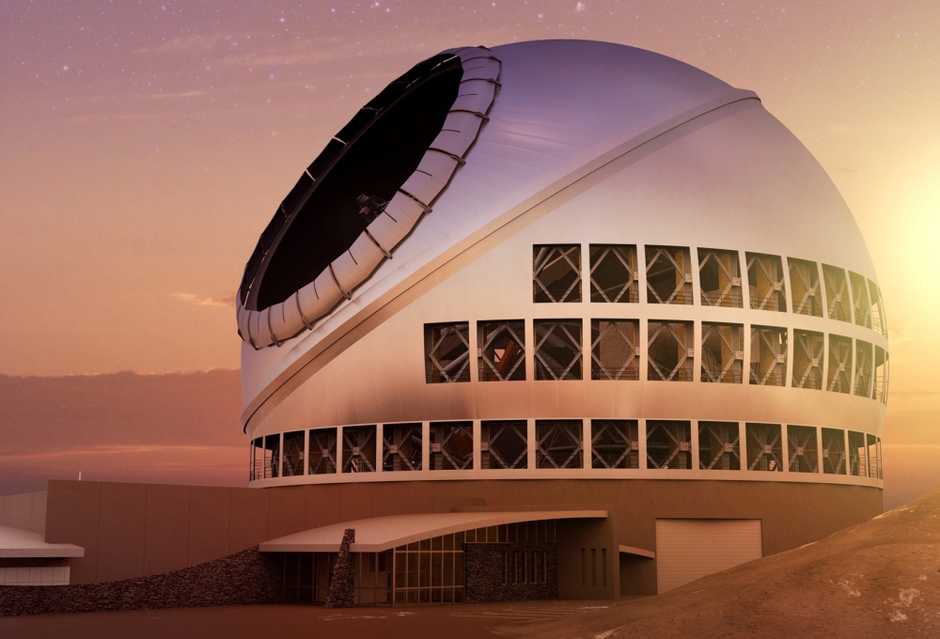
The Thirty Meter Telescope is a new class of extremely large telescopes that will allow us to see deeper into space and observe cosmic objects with unprecedented sensitivity. With its 30 m prime mirror diameter, TMT will be three times as wide, with nine times more area, than the largest currently existing visible-light telescope in the world. This will provide unparalleled resolution with TMT images more than 12 times sharper than those from the Hubble Space Telescope. When operational, TMT will provide new observational opportunities in essentially every field of astronomy and astrophysics. Observing in wavelengths ranging from the ultraviolet to the mid-infrared, this unique instrument will allow astronomers to address fundamental questions in astronomy ranging from understanding star and planet formation to unraveling the history of galaxies and the development of large-scale structure in the universe.
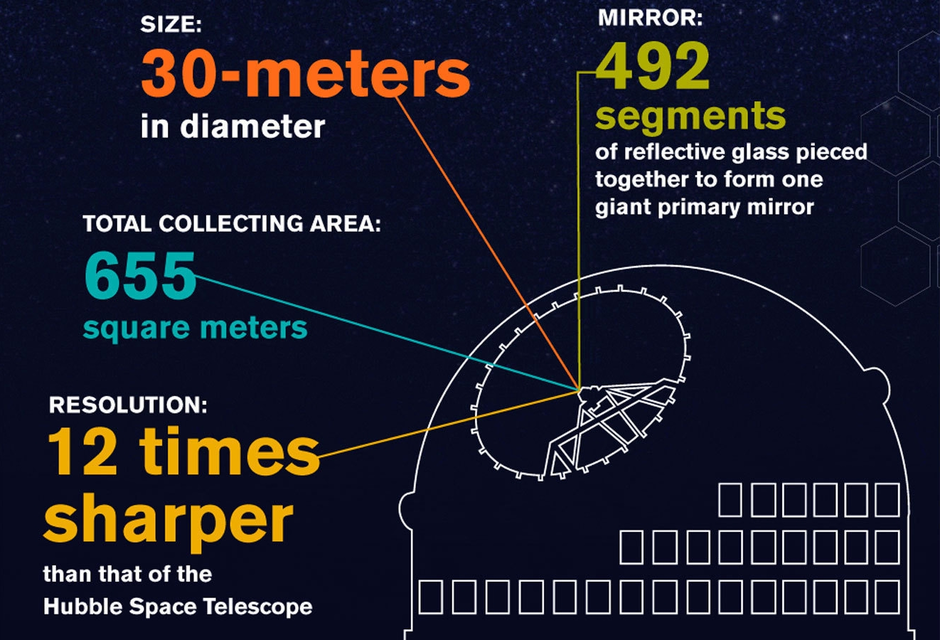
The TMT International Observatory LLC (TIO), a non-profit organization, was established in May 2014 to carry out the construction and operational phases of the TMT Project. The Members of TIO are Caltech, the University of California, the National Institutes of Natural Sciences of Japan, the National Astronomical Observatories of the Chinese Academy of Sciences, the Department of Science and Technology of India, and the National Research Council (Canada); the Association of Universities for Research in Astronomy (AURA) is a TIO Associate.
About 40 Chinese Astronomers have been involved in the TMT International Science Development Team (ISDT) to work together to provide scientific guidance and feedback to the TMT project, to stimulate planning for future TMT observing programs, and to build connections between the TMT and the international astronomical communities. The community shows deep interests in the TMT Detailed Science Case 2015 (RAA, Vol 15, No 12 2015). About 100 researchers attended the TMT Science Forum 2019 held in Xiamen.

China’s unique activities involved with privileged Chinese universities and relevant CAS technical institutes provide critical contributions to the eventual success of TMT. These technical teams are making good progress and all works are acknowledged by signing Work Packages with TMT. These include:
- NAOC and other participating institutions in China to contribute to WFOS CoDR and subsequent design and fabrication;
- NIAOT to complete M1 polishing and hexagon-cutting production of 86 roundels;
- CIOMP to design and fabricate the Tertiary Mirror System;
- IOE to design and fabricate the Laser Guiding Star Facility (LGSF);
- TIPC to design and fabricate REFR and CRYO subsystems and potentially providing sodium lasers.
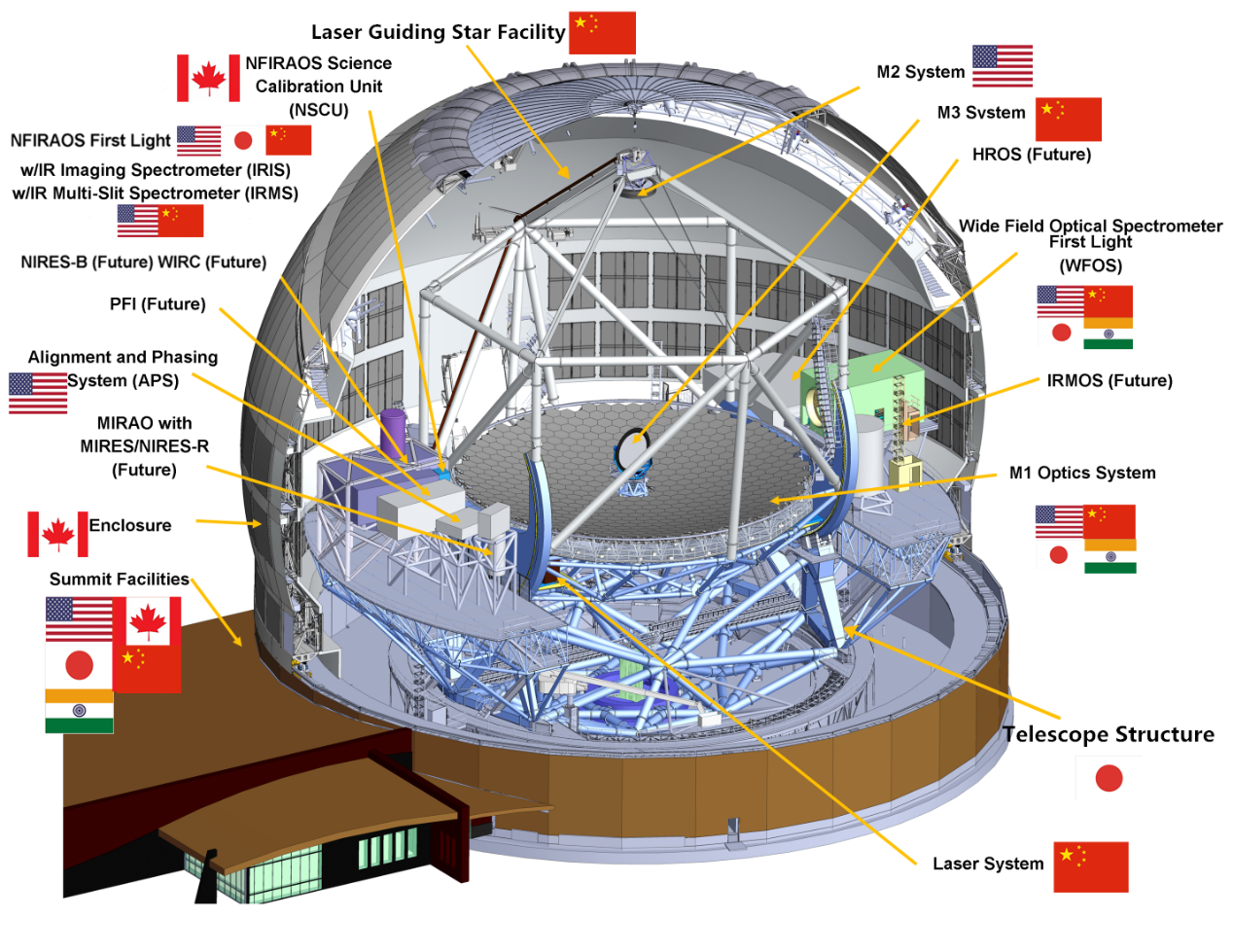
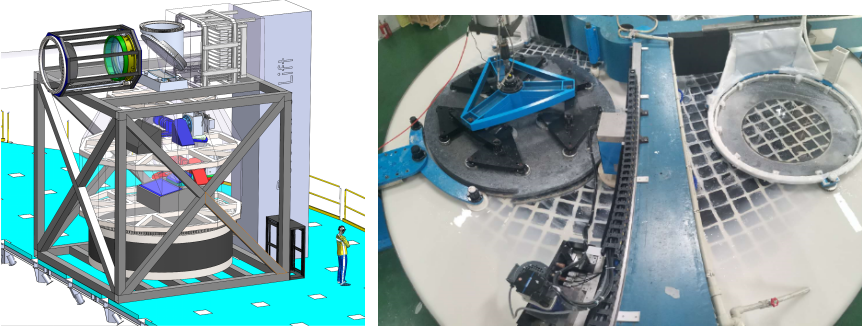


Address: 20A Datun Road, Chaoyang District, Beijing, China code: 100012
Tel: 010-64888708 E-mail: naoc@nao.cas.cn

